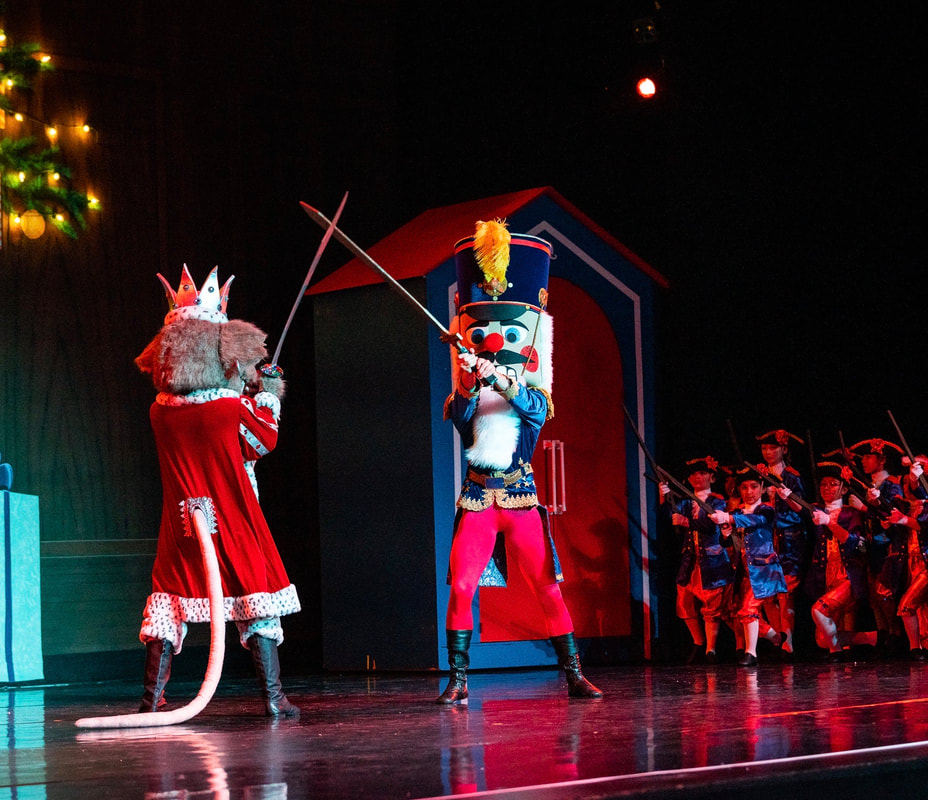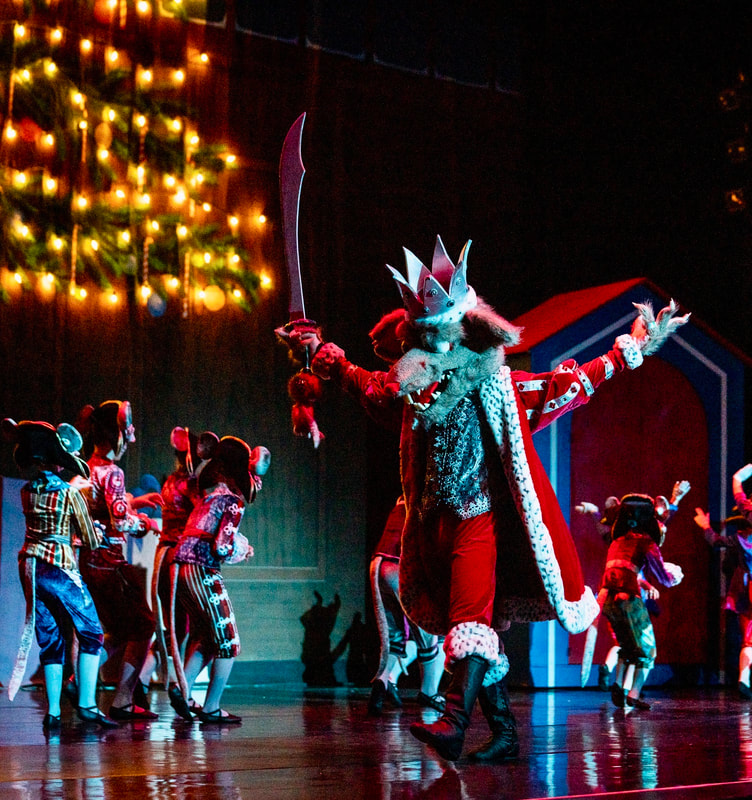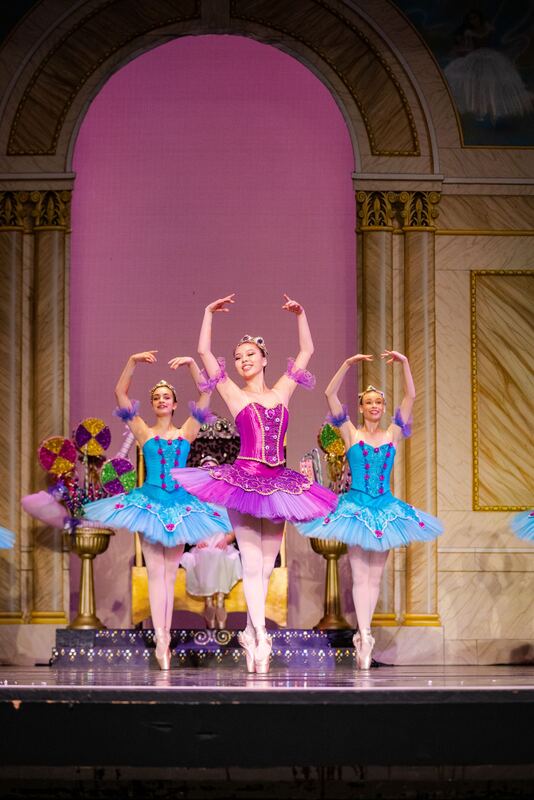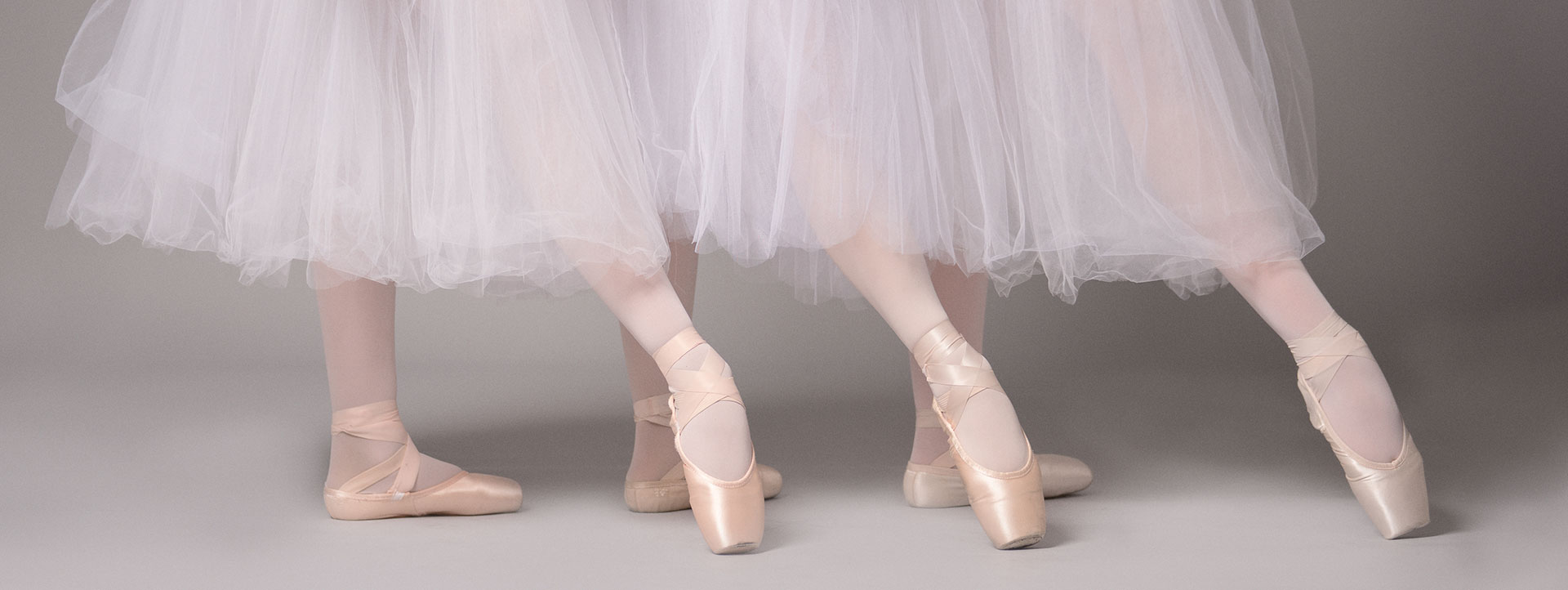11 Nov Fun Nutcracker Facts & Numbers
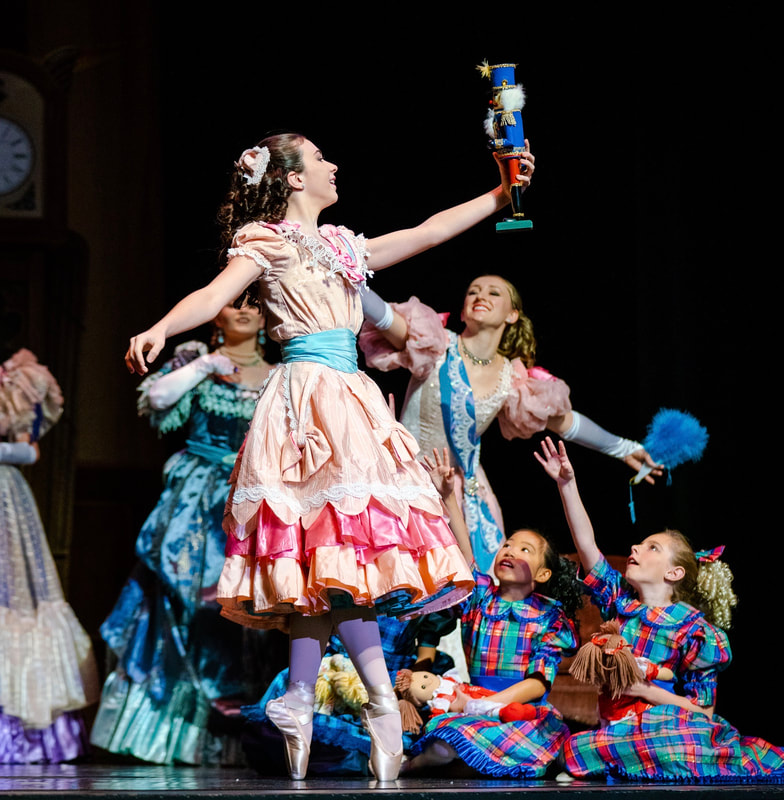
The Nutcracker is one of the most beloved ballet productions by both audiences and dancers alike. Countless ballet companies and schools around the world perform the Nutcracker every year sometime between Thanksgiving and January 1st. Trying to grasp the total number of performances, the total number of dancers, and how many audience members attend the performances each year around the world is mind-boggling. Now think about everything that goes into making these productions happen – costumes, pointe shoes, volunteers, rehearsal hours, set designs, etc.
Do you ever wonder how Los Gatos Ballet makes it all happen from start to finish each year? Here are some fun facts for a different look at Los Gatos Ballet’s production, then keep reading for some general history about The Nutcracker.
Los Gatos Ballet Nutcracker Facts
- Los Gatos Ballet’s inaugural production of The Nutcracker was 5 years ago in 2014 after a decade of directing and collaborating with another organization in San Jose.
- Los Gatos Ballet’s The Nutcracker is ranked by Modern Luxury Silicon Valley as one of the top 5 Silicon Valley Nutcracker performances
- The town backdrop in Act 1, designed by Stephen Wathan, includes buildings from historic downtown Los Gatos.
- The snow that falls during the Waltz of the Snowflakes is made of rice paper and cascades from perforated fabric troughs located in the rafters.
- 133 student dancers under the age of 18 participate – 110 are in The Nutcracker and 23 are in The Nutcracker Suite.
- Adult Participants
- Dancers begin their 11-week rehearsal schedule in mid-September.
- Volunteers build (and repair!) all large and small props from the carriage and throne to the candy bouquets next to the throne.
- The nutcracker head was constructed by Puppeteer Jesse Vail of Fool Moon Puppetry Arts located in Oakland, CA.
- The nutcracker costume was designed by Christine Ryvola, parent and Creative Director at Los Gatos Ballet. In fact, Christine led the selection, design, construction and fitting of all of the costumes.
- 184 costumes were made in 2014 for Los Gatos Ballet’s inaugural performance at the Flint Center. Today there are over 196 costumes.
- 4 to 5 parent volunteers work a total of 100-150 hours to make a principal tutu.
- Each year, the 2 dancers in the role of Clara give a small gift to every dancer who participates in The Nutcracker.
- Over 200 cookies are baked by all participating families for treats in Peppermint Palace.
- Quick changes happen when a dancer does not have time to change into the next costume in the dressing room. Instead it happens at the speed of light on the stage wings with up to 3 people helping.
- Almost 50 dressing room parent volunteers work tirelessly for a total of over 420 hours during the course of The Nutcracker.
- 8-10 volunteers will do about 80 dancers’ makeup all within a 90-minute timeframe.
Facts (& History) About The Nutcracker
- The 1st production of The Nutcracker was to a sold out show on December 18, 1892 at the Mariinsky Theatre in St. Petersburg, Russia.
- The ballet is based on Alexandre Dumas’s (of Three Musketeers and The Count of Monte Cristo fame) adaption of E.T.A. Hoffman’s 1916 German fairytale called “The Nutcracker and The Mouse King.” The original story was too dark and scary for children.
- Tchaikovsky and the choreographer, Marius Petipa, worked together on the Sleeping Beauty ballet 2 years before The Nutcracker.
- 8 musical numbers from The Nutcracker were first performed as an orchestral suite 9 months before the ballet premiered. This Nutcracker Suite became an instant success.
- Tchaikovsky used a celesta for the Dance of the Sugar Plum Fairy to create the unique bell sound. He smuggled the new instrument into Russia from Paris because of its unique sound. Celesta literally means “heavenly.”
- The Dance of the Sugar Plum Fairy was the first music ever written for the celesta. You may also recognize this instrument in the opening theme of “Mr. Roger’s Neighborhood.”
- In German folklore tradition, a nutcracker protects families and brings good luck, which is why it was given as a gift to children at Christmas.
- The first production of The Nutcracker was not well received and was criticized for scenes that didn’t flow together, not enough ballet like Sleeping Beauty and Gisellle, and too many children on stage.
- The first complete performance of The Nutcracker outside of Russia did not happen until 1934 and took place in England.
- Tchaikovsky died less than one year after the first production of The Nutcracker in Russia and did not live to see the ballet’s success.
- Audiences in the U.S. were first introduced to The Nutcracker music score in Disney’s 1940 film Fantasia.
- The first full-length production of The Nutcracker in the U.S. was in 1944 at the San Francisco Opera Ballet.
- In 1954, George Balanchine created his version of The Nutcracker for the New York City Ballet. This production brought new life to The Nutcracker launching its popularity in the US.
- George Balanchine played the nutcracker role himself in Russia when he was 15.
- You may see a Clara or a Maria as the lead role in The Nutcracker depending on the production. E.T.A Hoffman’s original story included Maria, but Balanchine used the name Clara in his production. Both are correct!
- Many companies around the world adapt the production to their own cultural context, which has ignited its popularity.
- More people have seen The Nutcracker and more dancers have performed it than any other ballet. It has become a holiday tradition!
